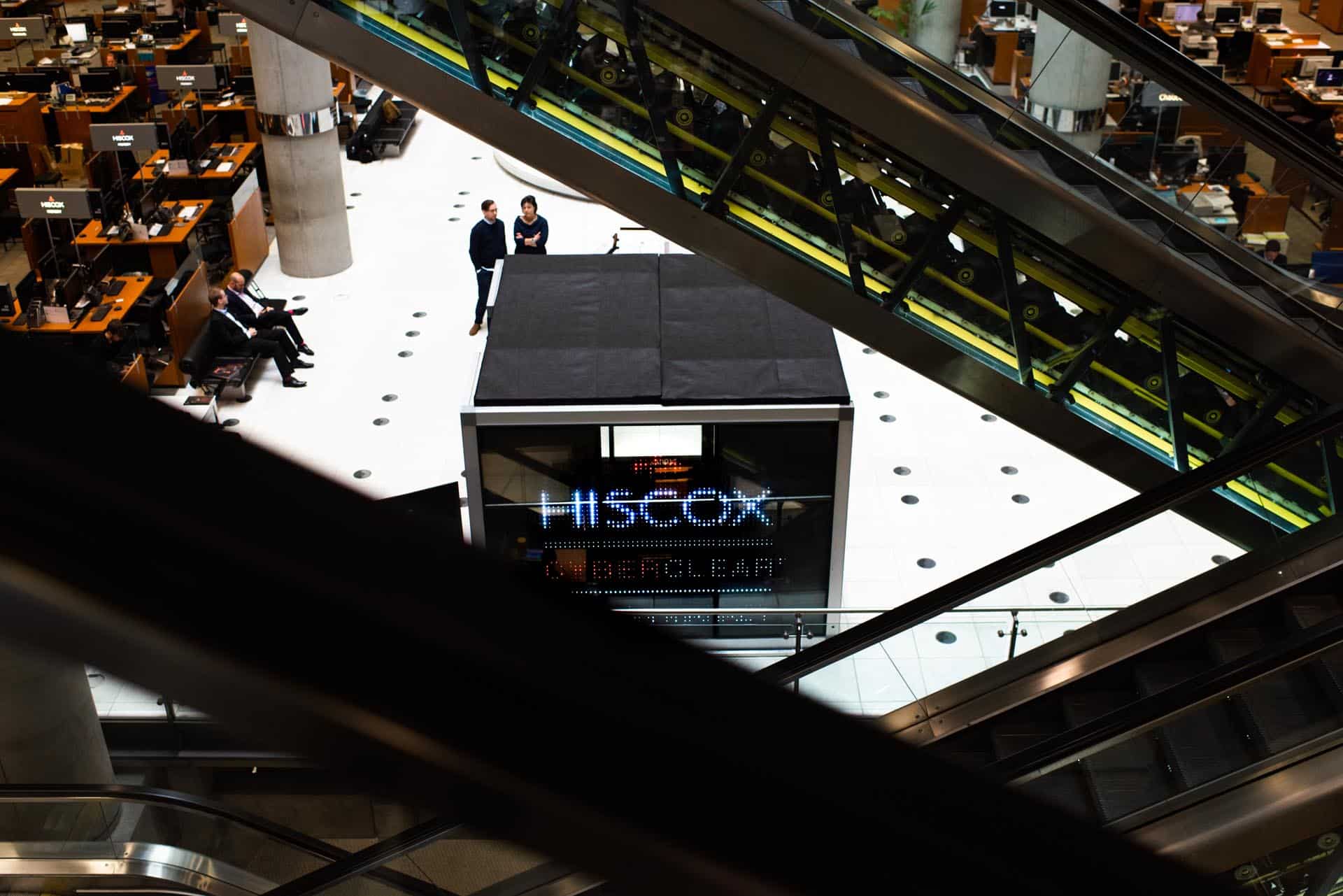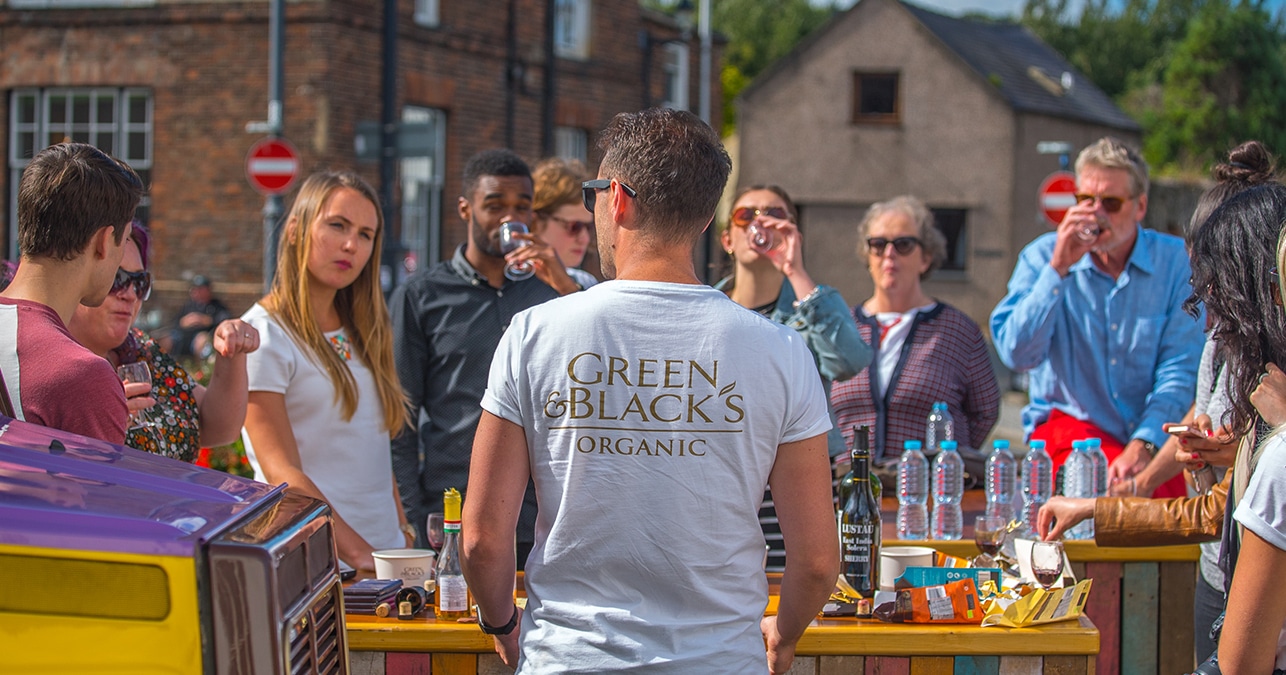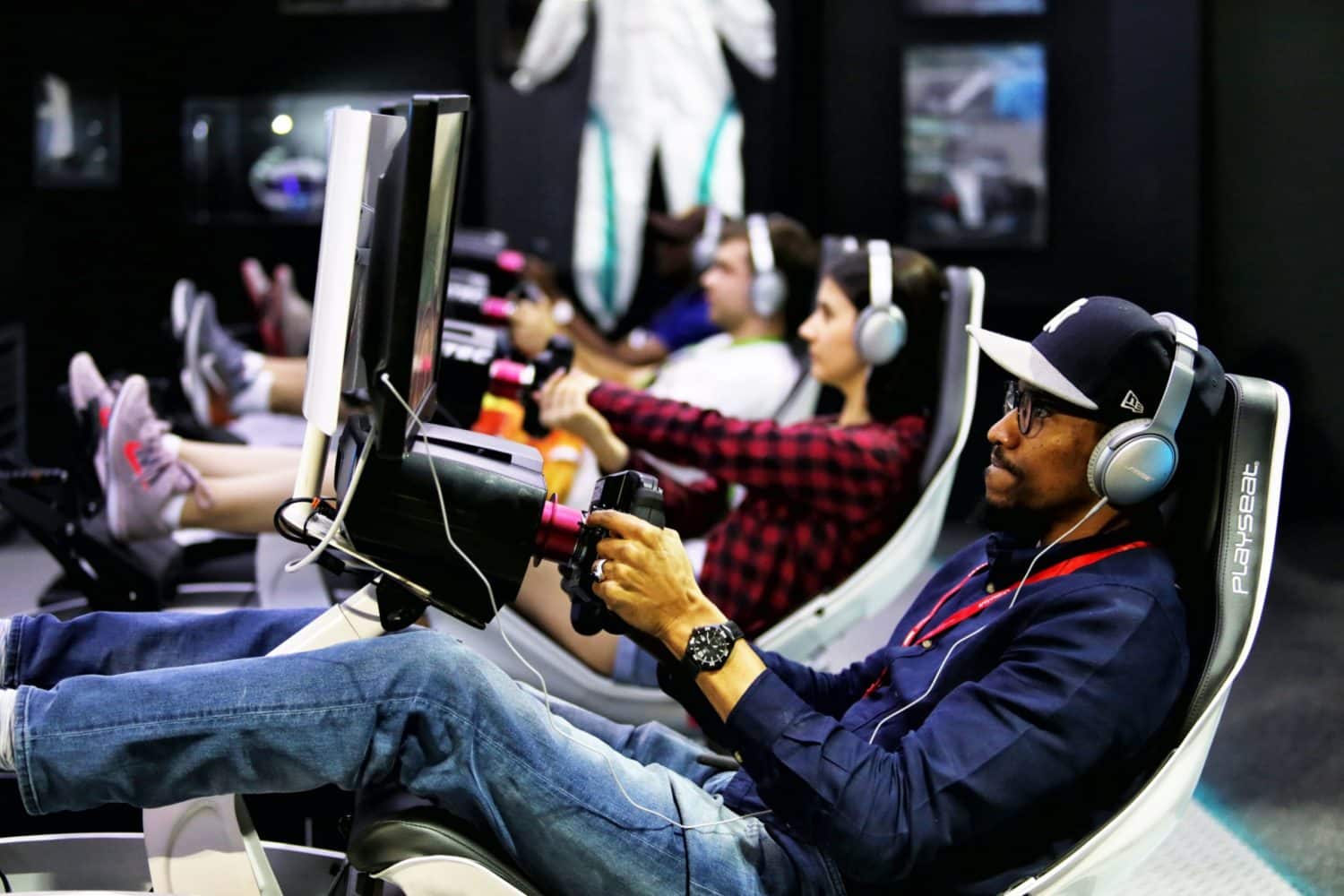5 ways to maximise consumer relationships through experiential campaigns
June 2022

June 2022

As a brand, it’s becoming more and more difficult to stand out. The market is saturated, and the channels in which brands can deliver campaigns are growing. Traditional marketing alone is arguably not enough to cut through that noise anymore.
You’ll notice that many modern brands are diversifying their marketing tactics to try and capture the attention of new audiences and strengthen bonds with existing customers. Consumers are growing more sceptical about the promises made by brands, and this is why experiential marketing has, and always will be, such a huge player in marketing strategy.
In the last 6 months, 75% of B2C marketers believe that in-person events are crucial for their brand’s success.
The goal behind experiential marketing is to connect with the consumer through creative immersive campaigns and memorable experiences. Experiential campaigns utilise all the senses and can empower a consumer to interact with a brand one-on-one. A consumer experiences the brand for themself, rather than being told what they will experience through traditional marketing.
When the probability of selling products or services to a new consumer is 5-20%, compared with 60-70% with existing customers, there is work to be done at the upper end of the funnel. We’re here to explain how experiential campaigns can amplify connections and build stronger, more sustainable relationships with consumers and prospects.

Brand engagement encompasses the attachment between a consumer and brand. Great brand engagement results from a campaign having a positive influence on a consumer’s purchase intentions.
Through experiential marketing, you have the power and drive over how a consumer experiences the product. The physical element of the campaign gives consumers tangible touchpoints with a brand, where they can sample a product, experience new functionalities of software, and engage with ambassadors.
Brand ambassadors will be trained to deliver the experience in a way that creates memorable, immersive experiences for your consumers. And those targeted strategies have the power to achieve a higher level of engagement because they are built on a strategy that is influenced by the consumers’ wants and needs.
When the experience is catered towards your target demographic, it’s more likely to heighten engagement and strengthen that consumer’s bond with a brand. This level of engagement is unparalleled.
How do your consumers and prospects perceive your brand? You could ask this question yourself. Market research is hugely powerful in obtaining real-life expectations and perceptions of your brand and competitors.
But little compares to seeing your consumers in the flesh experiencing your product. An experiential campaign allows you to observe consumer behaviour and engage in social listening around the campaign. Using a hashtag or running a social media campaign alongside will encourage conversation that can help you to understand purchase-driven behaviours and barriers. The interactive nature of an experiential campaign often sees consumers take to their own personal social media platforms to speak about the experience, which is ultimately free market research for your brand.
Armed with these observations about brand perception you can redirect any strategy toward strengthening your consumer relationships even further.
A huge part of a brand experience is personality. But there’s only so much personality you can deliver through online, TV and printed advertising.
An experiential campaign breaks down barriers. Your consumer or prospect is right at the centre of your brand surrounded by tangible marketing materials and brand ambassadors who embody your personality and culture.
If you choose to work with an experiential agency, they should be well-versed in delivering brand personality authentically through the execution of a campaign.

Staff ambassadors should be selected carefully based on their understanding of the brand and the targeted demographics. They should also be well-briefed on the intention behind the campaigns, its goals, and the importance of strengthening those consumer bonds.
Show, don’t tell. There’s only so much traditional marketing can communicate when it comes to brand quality. Unless a consumer can actually feel and experience a product or service for themself, it’s harder to prove quality. An experiential campaign gives you the power to showcase that quality. Not just the quality of your product or service, but the quality of the people, the experience, and service.
Product sampling is also a great way to promote product quality, without forcing the messaging onto consumers. Give them the power to make their choice about quality, and let your product do the talking.

Visual, photographic and video content – this is where customers can actively participate in promoting the brand from their individual accounts and feel like part of your community. Being involved with a brand is an excellent way to encourage participation and strengthen the relationship with a consumer. Experiential marketing is non-intrusive. It’s engaging, immersive, exciting and interactive. Consumers make the choice to connect with you. If you can make that participation exciting, memorable and positive, this will only have a positive impact on purchasing decisions and brand loyalty.
Marketing is no guessing game. Let consumers participate in the brand experience themselves and make up their mind about their relationship with you.
Consider experiential marketing an investment into your consumer relationships. It’s tangible, it’s real; there’s no hiding in experiential marketing, and savvy consumers know this. But invest wisely, make the most of this time with your consumers to gain trust and encourage the participation of your consumers to build sustainable relationships.
Great consumer relationships are at the root of all successful marketing and sales. When we invest in strengthening that connection, we strengthen engagement, perception, trust and longevity.